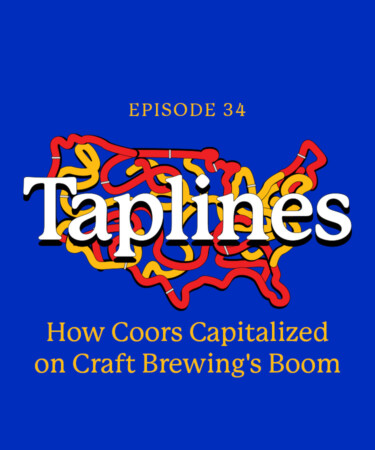By some metrics, Blue Moon is the best-selling craft beer of all time. But is it actually a craft beer? When the orange-garnished witbier started booming in the early aughts, terms like “crafty” and “phantom craft” were tossed around as ways to describe premium beers coming out of mega macrobreweries, much like Blue Moon. While it had the look, feel, and taste of a grassroots craft brew, the Brewers Association attempted to dethrone the witbier with a slew of guideline changes as to what truly defines a craft beer in a logistical sense. However, the charade did little to slow the Coors-brewed “crafty” juggernaut’s rise. And, as our guest today would argue, Blue Moon’s inception actually helped the American craft beer renaissance take hold.
Not only did the brew prime the taste buds of American drinkers for the full-bodied beers that were to come, but it showed early soon-to-be craft brewers that there’s more to beer than light lagers. In short, it was a source of inspiration.
Today on “Taplines,” Dave is rejoined by Keith Villa for the second installment of our two-part episode about Blue Moon’s historic, controversial rise. The two discuss the brand’s soaring success after its rocky first few years in the Rocky Mountains, and how once Blue Moon found its footing in Coors’ portfolio, it started facing criticism from some members of the craft brewing industry. Tune in for more and check out part one here!
